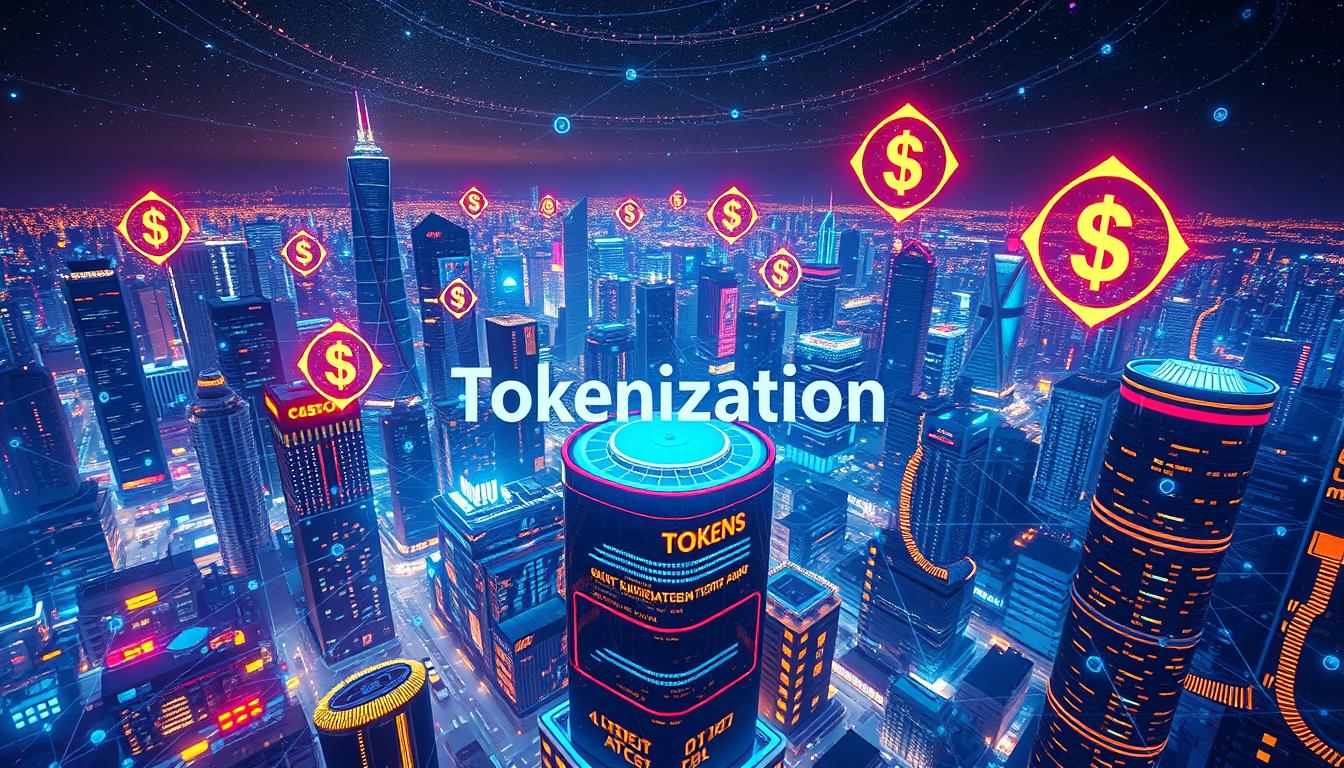
Disclaimer: Crypto is highly volatile and you could possible lose all your money, do your own research before investing.
Key Takeaways:
-
Tokenized assets are set to revolutionize finance, offering greater liquidity and fractional ownership.
-
Ethereum and Layer-2 solutions will play a crucial role in facilitating tokenized asset adoption.
-
Regulatory clarity will drive institutional investments into tokenized cryptocurrencies.
-
Real-world asset (RWA) tokenization is gaining traction, integrating traditional finance with blockchain.
-
Interoperability and scalability will determine the long-term success of tokenized cryptocurrencies.
1. Ethereum (ETH): The Backbone of Tokenization
Ethereum remains the leading blockchain for tokenized assets, thanks to its smart contract capabilities and established ecosystem. With Ethereum 2.0 and Layer-2 solutions improving scalability and reducing transaction costs, Ethereum is well-positioned to support tokenization at scale. Projects building on Ethereum, such as RealT (real estate tokenization) and Centrifuge (supply chain finance), exemplify its potential.
Signup on Bybit and receive 100USDT as welcome bonus.
2. Polygon (MATIC): Scaling Tokenized Assets
Polygon has emerged as a leading Layer-2 scaling solution for Ethereum, enabling faster and cheaper transactions. As tokenized assets require high throughput and low fees, Polygon’s infrastructure is attracting numerous tokenization projects. Its partnerships with institutions and DeFi platforms further strengthen its position as a key player in asset tokenization.
3. Avalanche (AVAX): High-Speed Asset Tokenization
Avalanche’s unique consensus mechanism allows for high-speed transactions with low fees, making it a strong contender for tokenized assets. Platforms like Securitize are leveraging Avalanche for asset tokenization, offering compliant solutions for institutions. As regulatory clarity increases, Avalanche’s role in tokenized finance is expected to grow.
4. Algorand (ALGO): Bridging Traditional Finance and Blockchain
Algorand is gaining traction in tokenized finance due to its focus on compliance and speed. The blockchain’s partnership with asset tokenization firms and its ability to handle large transaction volumes make it a viable option for institutions looking to tokenize RWAs. Algorand’s pure proof-of-stake (PPoS) consensus mechanism ensures scalability and security.
Signup on Bybit and receive 100USDT as welcome bonus.
5. Stellar (XLM): Tokenizing Cross-Border Payments
Stellar is well-known for facilitating cross-border transactions and is now expanding into asset tokenization. Its partnership with Circle for USDC and other stablecoins highlights its role in financial tokenization. As more financial institutions explore tokenized assets, Stellar’s network could see increased adoption.
6. Polkadot (DOT): Enhancing Tokenized Asset Interoperability
Polkadot’s parachain technology allows different blockchains to communicate seamlessly, making it a strong candidate for tokenized asset interoperability. Projects building on Polkadot can leverage its infrastructure to tokenize assets while maintaining compatibility with other blockchain networks.
7. Tokenized Stablecoins: USDC, DAI, and TUSD
Stablecoins play a crucial role in tokenized finance, providing a reliable medium of exchange. USDC, DAI, and TUSD are widely used for asset-backed tokenization, enabling smooth transactions across DeFi platforms. As regulatory frameworks evolve, stablecoins will become even more critical in supporting tokenized crypto assets.
Conclusion
The 2025 bull run is expected to see increased adoption of tokenized assets, driven by institutional interest, improved scalability solutions, and regulatory advancements. Ethereum, Polygon, Avalanche, Algorand, Stellar, and Polkadot are leading the way in facilitating tokenized crypto adoption. Investors should keep an eye on these projects as they shape the future of digital finance through tokenization. As the market matures, tokenized assets could become a mainstream component of the global financial ecosystem, unlocking new opportunities for investors and businesses alike.